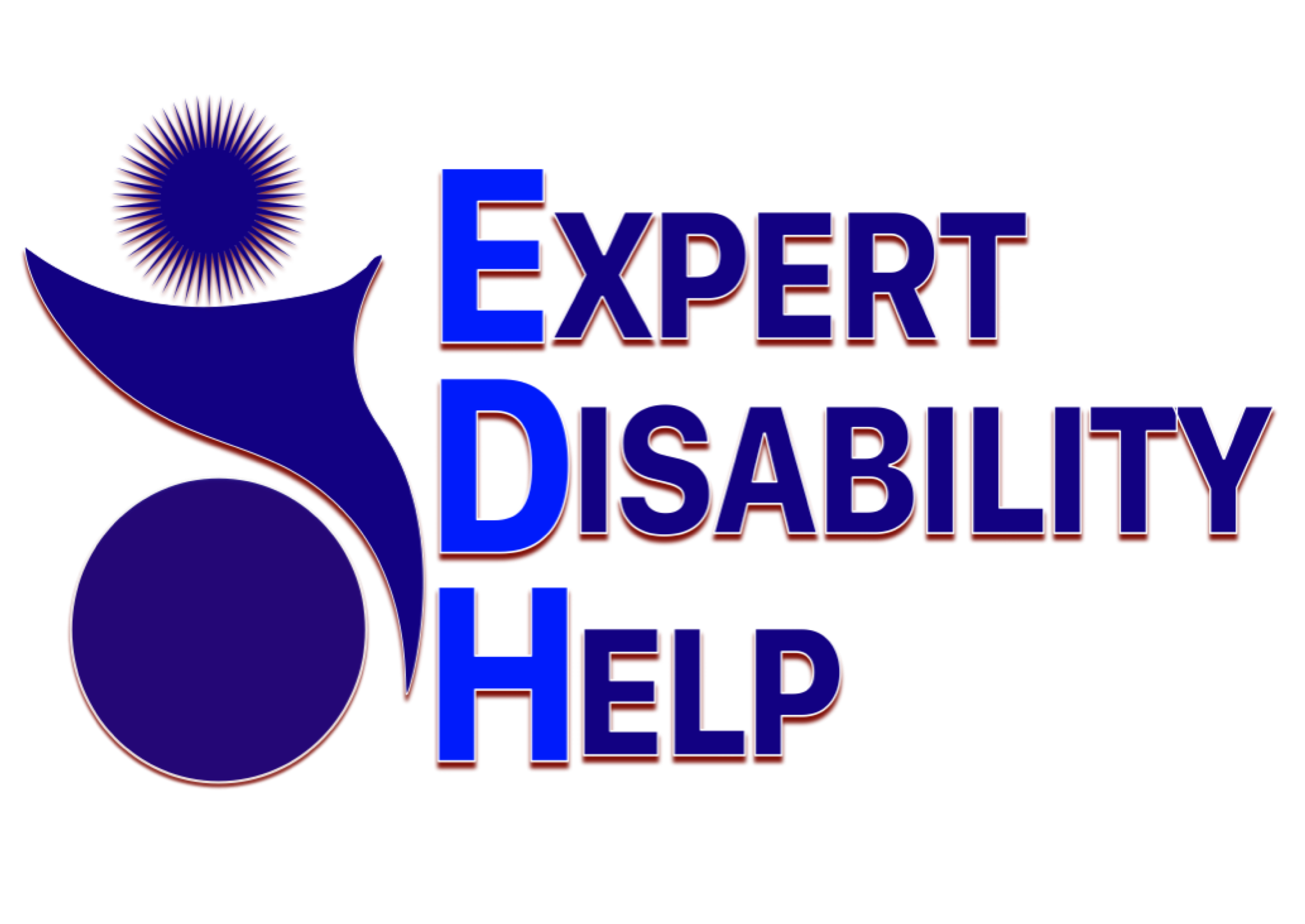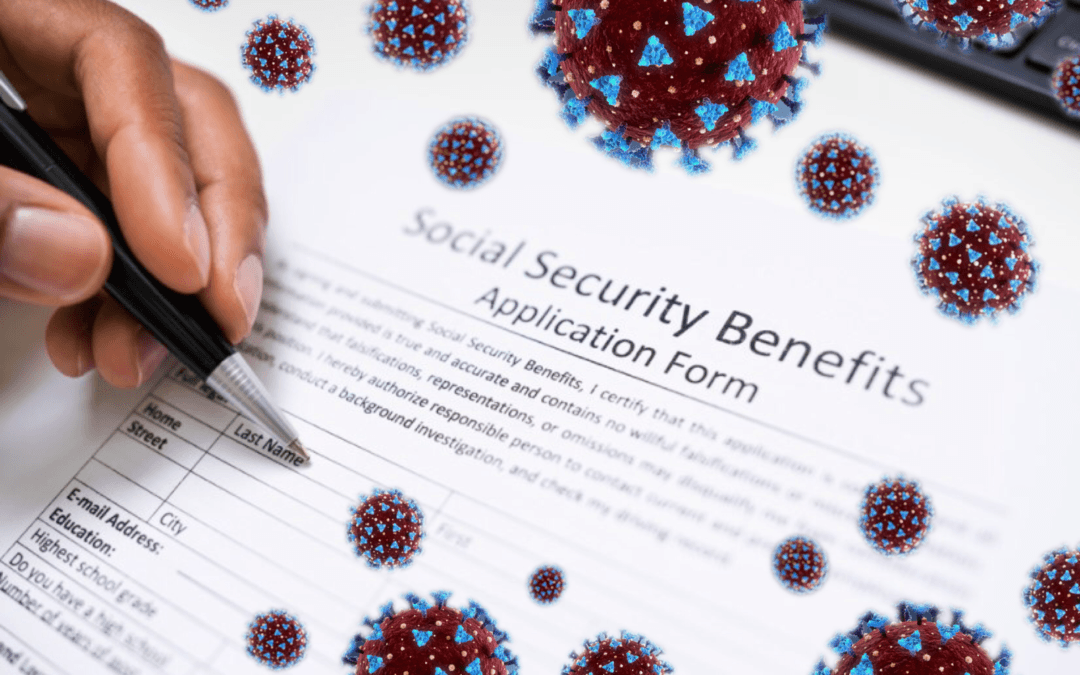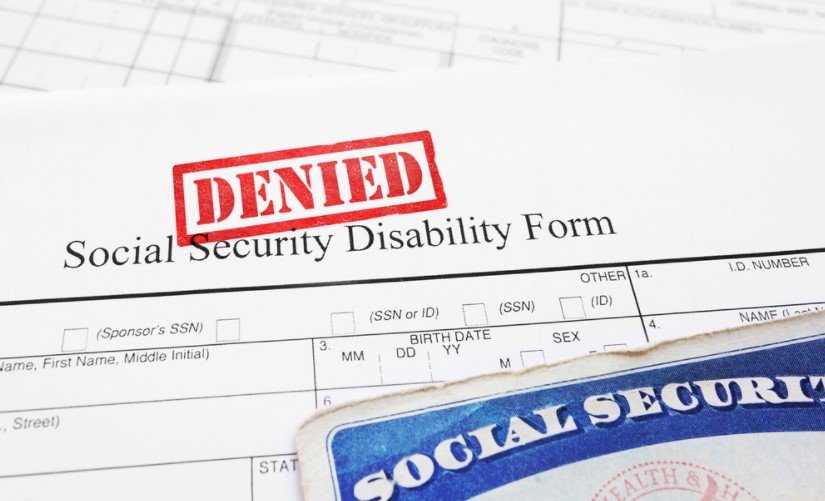Applying for disability can be complicated. A denial can be in your future; if you don’t know what you need to qualify.
- Technical Phase: There are two programs: a) Social Security Disability Insurance (SSDI): to qualify for SSDI, you must have had a significant work history (have the correct number of work credits). Specifically worked long enough and recently enough. Eligibility based on the number of work credits that you have earned, b) Social Security SSi): you can only qualify for this program if you have limited income and have had a disability from a young age.
- Missing Documents: 65 – 75% of all denied claims are due to missing or incomplete documents. Unfortunately, you cannot make mistakes. Mistakes are unforgivable. Every mistake you make can cost you months of delays or, even worse, a denial. If your application is not complete, negative consequences can result. Completed applications go to the top.
- Each disability provider requests information. It doesn’t matter if it’s Social Security, VA, Railroad Road Disability Benefits, ERISA, or Private Disability Insurance (long term or short term). Every disability provider expects you to meet their requirements, and they don’t make exceptions. If you don’t fill out your forms correctly, you may receive a denial. Read and reread your documents before submitting them.
- Copy and Track Your Documents: it takes time and effort to put your documentation together. It does not make sense to put your supporting documentation together, only to lose them in transport. Documents that you send to your disability insurance provider must be received. Include a formal cover letter with your documents and numerically list all the attachments. The more organized and detailed your records are, the easiest it is for the disability provider to process your documents. Put your name and social security number on every page, no matter how many. Please keep a copy of everything you send because your information can be lost (not every time), but it can happen.
- How to provide information: if you can upload your information, you have a better way of tracking it. If not, send your information certified? Many humans will handle your information, and humans make mistakes. Insurance providers receive thousands of pages of information, and you can be lost.
- Disability Applications Require Timely Responses: Make a checklist. Keep a record of all correspondence, letters, and phone calls (extremely important). Track the delivery of your information. After 30-45 days have passed, contact your case manager or disability examiner and inquire about your data? Inquire as to whether you need to provide additional information. STAY organized. If a response is requested, RESPOND immediately, even if you have a 10-day timeframe.
- Failure To Cooperate: 1) Fill out ALL required forms, 2), Fill out the medical authorization form, 3) Cooperation is of the utmost importance and the key to winning your benefits.
- The Disability Provider must be able to find you: in the case of Social Security Applicants, SSA provides technical eligibility and Disability Determination Services, determines your medical disability. SSA must be able to communicate with you. Make sure you provide a secondary source where someone can reach you.
- Determine your severity: Any disability provider will want to determine early on in the application process whether or not your disability is severe enough to stop you from working. According to the SSA policy, your disability must be severe enough that you work for a year or longer, be able to participate in gainful work or be expected to result in death.
The application process is complex and quite frustrating. The more understanding you have, the less chance you will make errors. During the application timeframe, your focus should be your claim. If you cannot complete your application, appoint a representative. That could be a family member, a friend, or a legal representative. Do not hesitate to check frequently on your application. “Leave no stone unturned.”Only you know how severe your injuries and impairments really are. Make sure that you can describe how your limitations impact your ability to work. Only you can accurately describe your pain.











